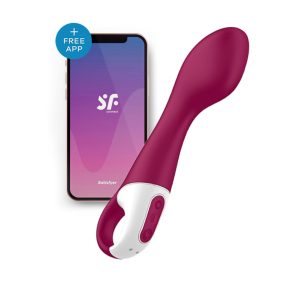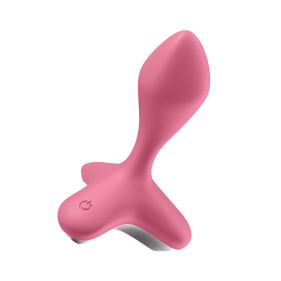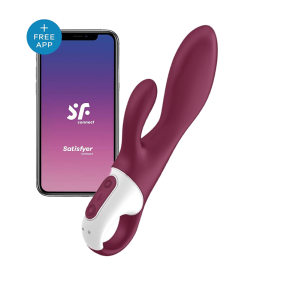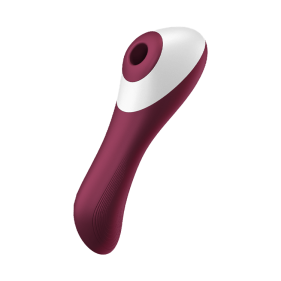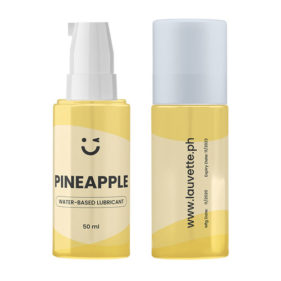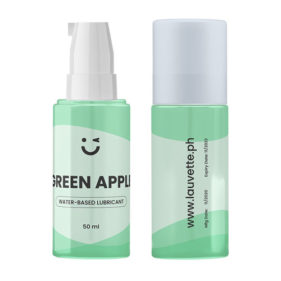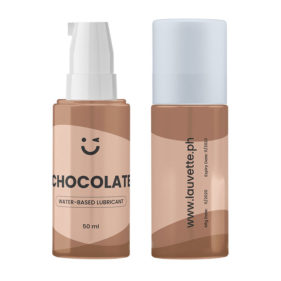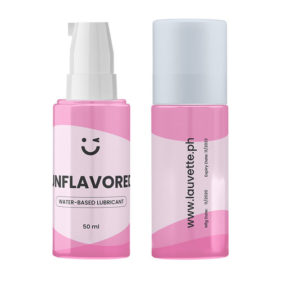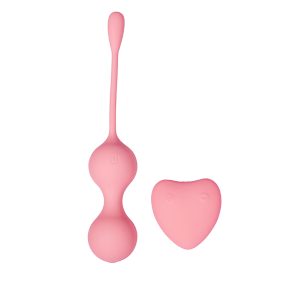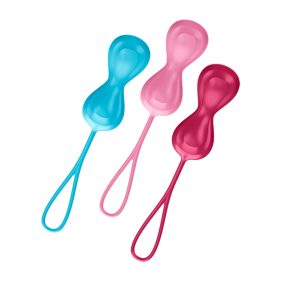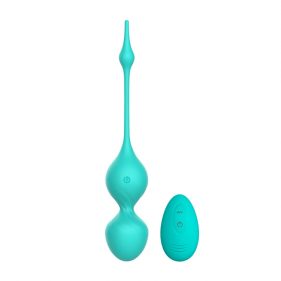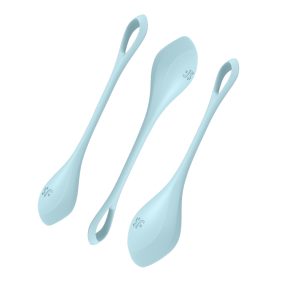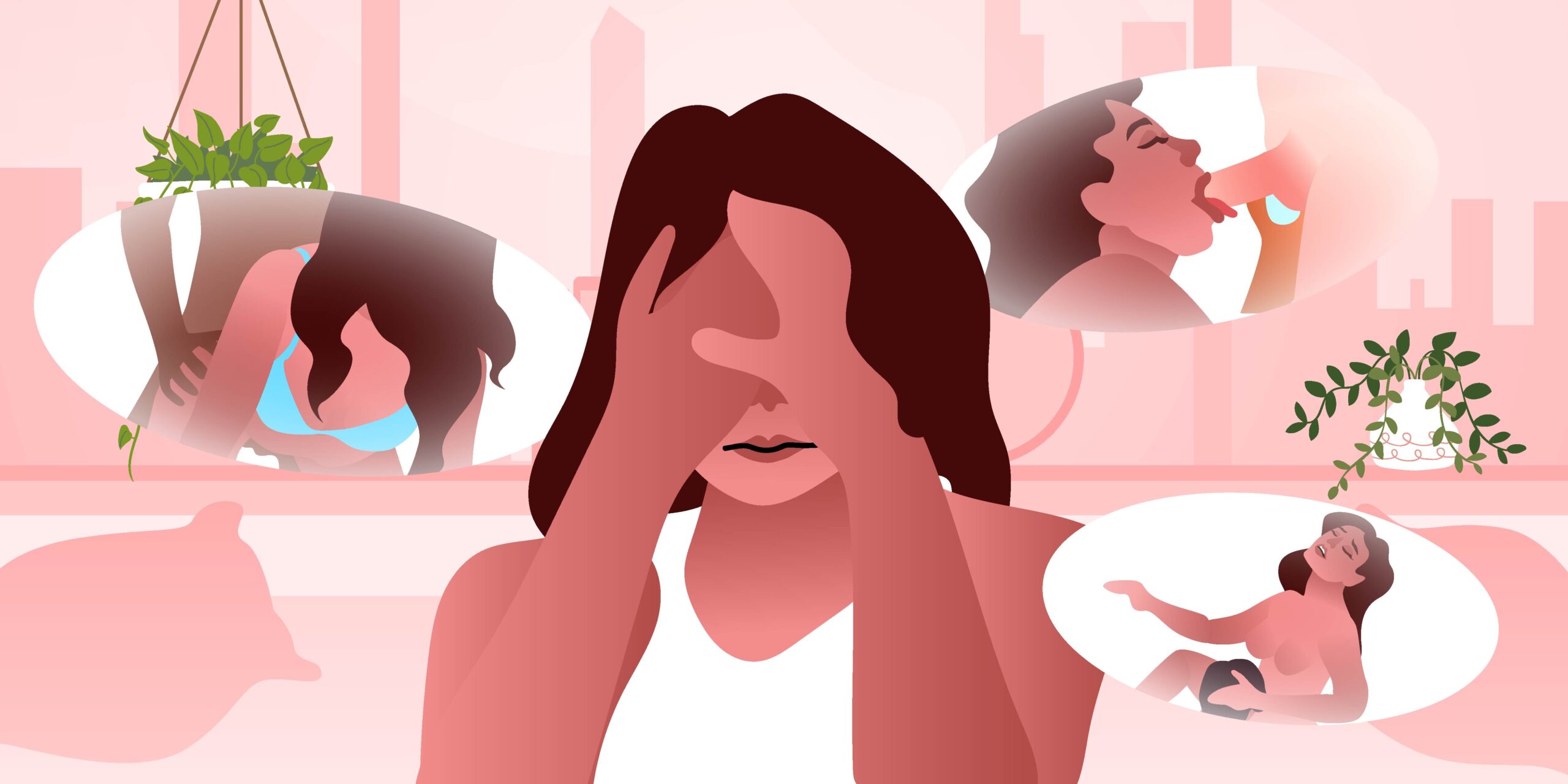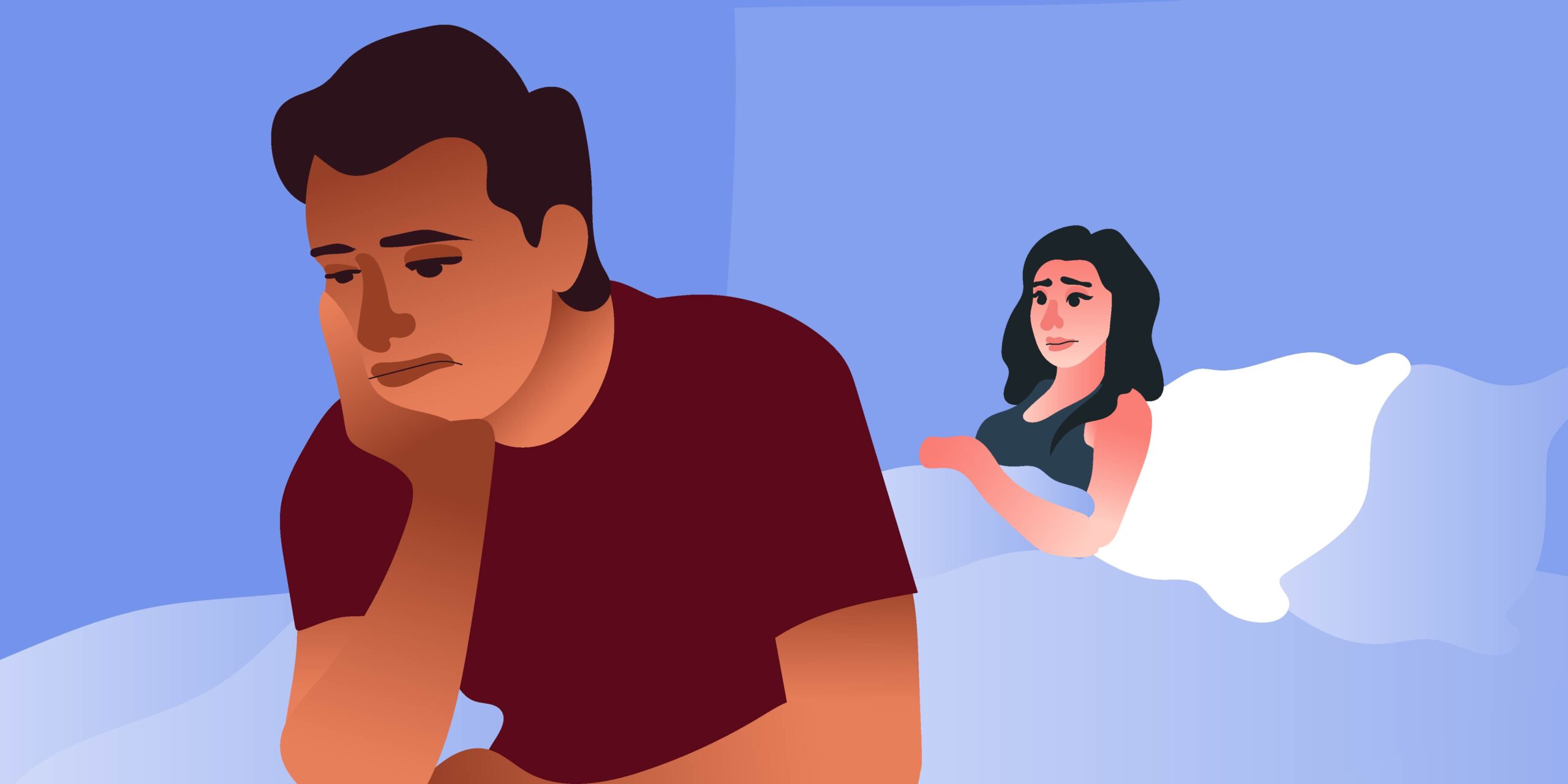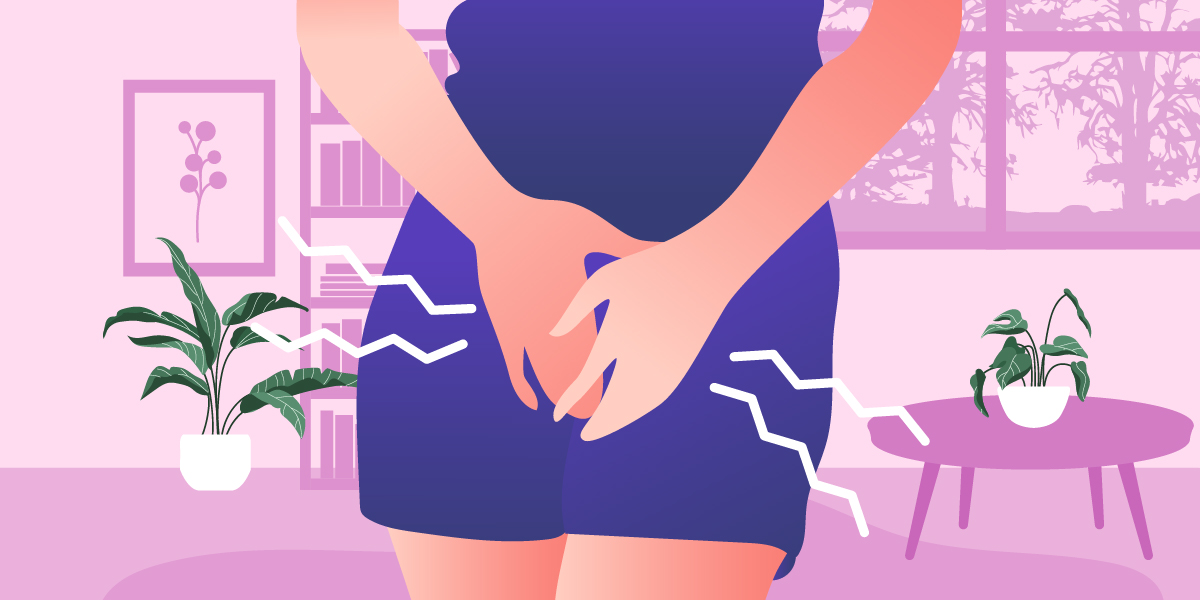
This article on vulvodynia is meant to be a source of valuable information for the reader; however, it is not a substitute for direct expert assistance. Seek help from a medical or mental health professional if you’re experiencing a severe case of this condition.
Does your vulva area experience untimely episodes of pain and discomfort? Does it hurt in a specific area or the whole vulva area in general? Is your daily lifestyle compromised?
For this guide, we’ll tackle the causes and treatment options for vulvodynia. But first, let’s discuss what exactly this condition is and how it affects women.
What is Vulvodynia?
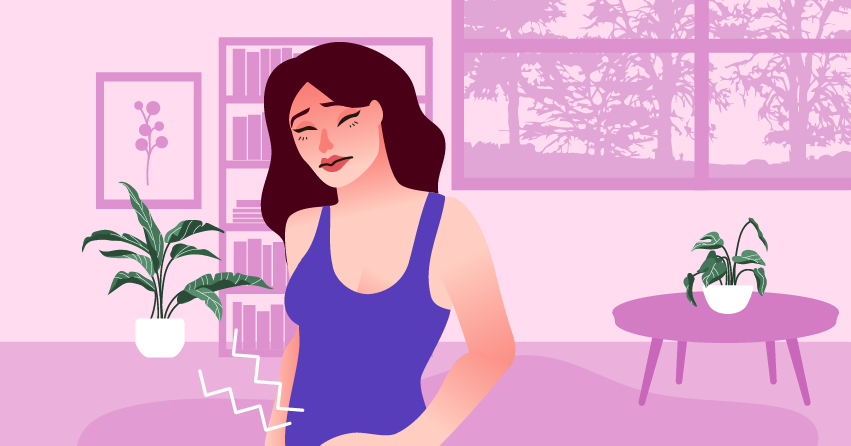
According to WebMD, Vulvodynia is
“a chronic pain condition of the vulva (outer female genitals), which usually lasts more than 3 months and there’s no known cause.”
The vulva area includes the vaginal opening, clitoris, and labia. Vulvodynia over time can become a burning sensation or severe irritation. When left untreated, it becomes difficult to work, sit down, or even do the deed (sexual dysfunction), affecting women of all ages.
The pain also happens suddenly or every once in a while. It can even occur at different parts in every episode. But what makes it more frightening is that you can also have pain-free periods. Other than that, you’ll never know when the pain will strike. Aside from burning or aching, other related sensations to vulvodynia are throbbing, itching, stinging, or rawness.
Moreover, there are two types of this condition.
Localized – The pain is rooted in a specific part of the vulva. An example would be the vestibule, which is the tissue around the opening. Due to this, it can also lead to Provoked Vestibulodynia (PVD), where pain erupts during or after pressure is applied at the vestibule (primary or secondary levels). Another kind is clitorodynia (pain in the clitoris), but often it’s a rare case.
Generalized – The pain is widespread throughout the entire genital area, even until the anus in some cases.
Causes
Numerous factors are likely to cause someone to have this condition. Scroll through this section to learn more about these causes.
On top of this, we still highly recommend consulting with a medical professional, like a gynecologist or sex therapist, for further discussion of your case as this list may not apply to all.
1 Physical Causes
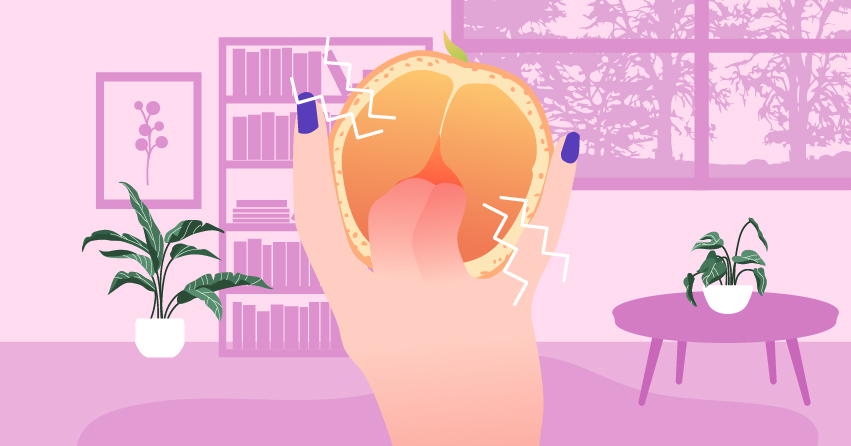
Knowing more about our body would be the first thing one would do when we’re suspicious of having any condition. People who have this condition may have gotten due to these biological causes:
- Past injuries in the vulva area
- Hormonal changes
- Allergies or irritation toward chemicals
- History of vaginal infections
- Muscle Spasm
- Genetics
- Trapped nerves
- Childbirth
2 Psychological Causes
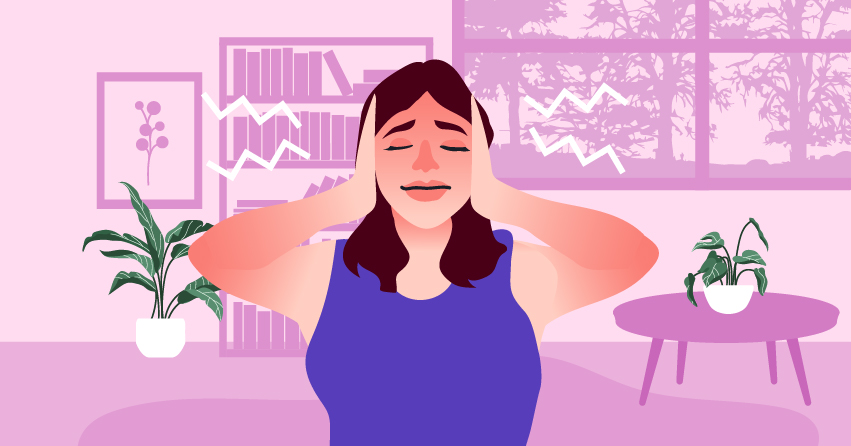
The brain is a lot more powerful than you think. The majority of the time, we’re spent living within our heads. So whenever anything discouraging occurs, we tend to internalize them too much that they become issues. Demons that we can’t easily fight in a day, nor alone. For that, mental health issues can eventually harm our bodies.
Aside from this, there may be times you may have to visit a therapist or counselor on how to manage your emotional issues. Keep reading to find known psychological factors that may have caused this condition to you or someone you know.
- Sexual Dysfunction
- Sexual Abuse
- Post-Traumatic Stress Disorder (PTSD)
- Anxiety
- Depression
- Distorted Body Image (Body Dysmorphia)
- Difficulties with Sleeping
- Low Sex Drive
3 Connection to Other Painful Conditions
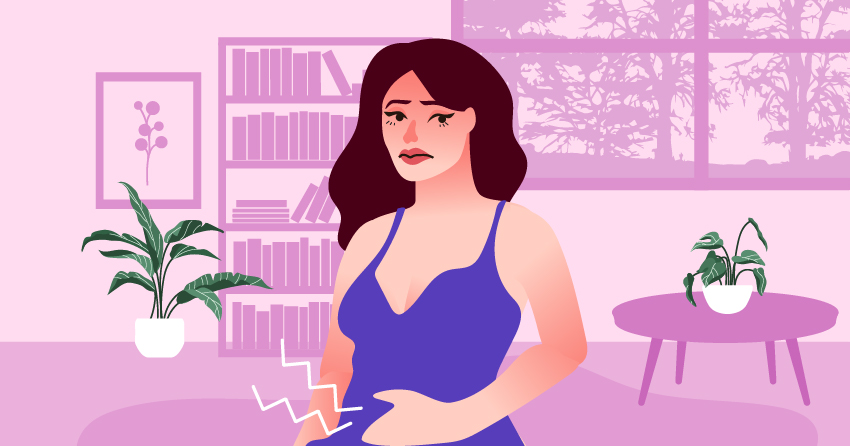
Our body is interconnected with each other. If one part is affected, it can lead to a domino effect on other important parts.
If you have vulvodynia, you may have experienced other conditions that acted as building blocks to where you are. Examples of conditions include:
- Fibromyalgia: chronic widespread pain in one’s joints and muscles
- Temporomandibular disorder: disorder impacting your jaw joints and other muscles and ligaments near them
- Painful bladder syndrome: chronic bladder condition that causes discomfort in the bladder or pelvic areas
- Irritable bowel syndrome: a common gastrointestinal disorder affecting your digestive system massively
-
₱4,745.00
-
Original price was: ₱4,745.00.₱4,270.50Current price is: ₱4,270.50.
-
₱4,745.00
-
₱4,745.00
Diagnosis
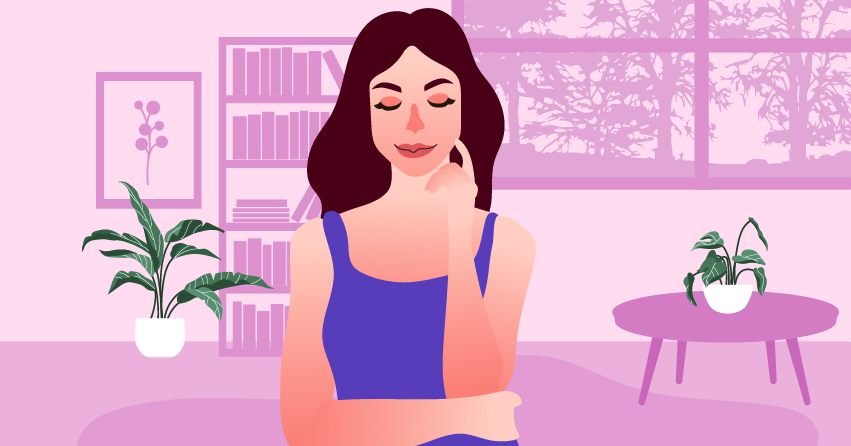
With an unpredictable condition like vulvodynia, self-diagnosing is not the best thing to do. According to Mayo Clinic, here’s what to expect when you visit your nearby gynecologist to assess whether or not you have this condition.
- Being asked questions regarding your sexual, medical, and surgical history in order to pinpoint ways you acquired the condition and how far the symptoms can extend.
- Taking a pelvic exam, where the doctor physically checks up on your vulva area for signs or other causes of symptoms. Despite not detecting any of the following, the doctor can reassess your vaginal cells for other infections.
- Doing a cotton swab test is also possible, where the doctor utilizes a moist cotton swab to inspect specific areas of your vulva that are causing pain.
Treatment
Vulvodynia can be a challenging condition to treat, especially when there’s no known cause and it revolves around mental or psychological factors. Not just that, it can be financially testing, which can only cause more stress and worsen the condition. Yet, it’s not impossible to overcome, and there’s always going to be a solution that’ll suit your overall lifestyle best. At the same time, seeing a medical professional is key to resolving whatever type of vulvodynia you’re experiencing.
With that being said, find our suggested treatments down below.
1 Lifestyle Changes
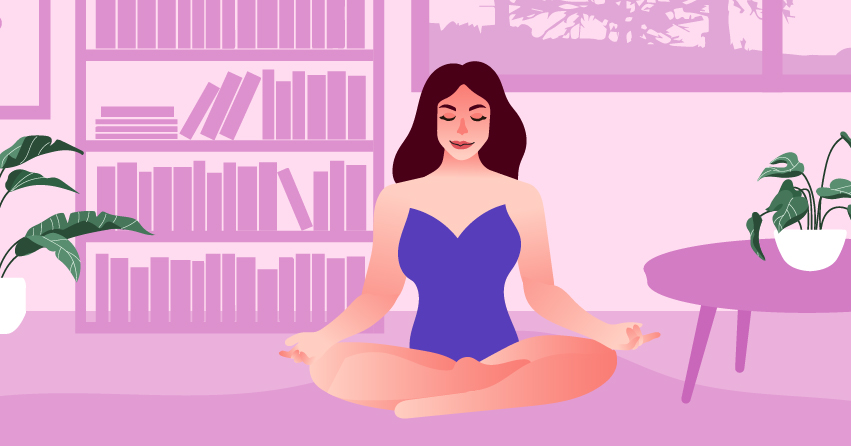
Your lifestyle can increase your chances of alleviating vulvodynia. Motivation may not be enough to sustain and stick to these changes, so discipline yourselves with your mind and body to live an easier and happier life in the long run. Here are some lifestyle changes you can apply daily while following the medical advice of your physician.
- Clean your intimate areas carefully with water. No soap is allowed here!
- Avoid wearing tight clothes and pantyhoses.
- Wear all-cotton underwear.
- Never hold in your pee for long periods of time.
- Ignore putting on scented materials or clothing on your vulva area.
- If working, sit on a foam cushion that won’t apply too much pressure on your vulva area.
- Lessen your engagement in strenuous activities, like biking and horseback riding.
- Avoid scratching your intimate area.
- Avoid areas with a lot of chlorine (pools and hot tubs).
- Watch your food intake.
- Use lube when you do the deed, but avoid flavored ones or crafted to create a cooling or warming sensation.
- Also when doing the deed, inform your partner not to wear latex condoms because they can be damaged and cause more pain on your end.
- Do activities that relieve your stress, not add on to it.
- Sleep more!
-
₱150.00
-
₱150.00
-
₱150.00
-
₱150.00
2 Pelvic Floor Exercises
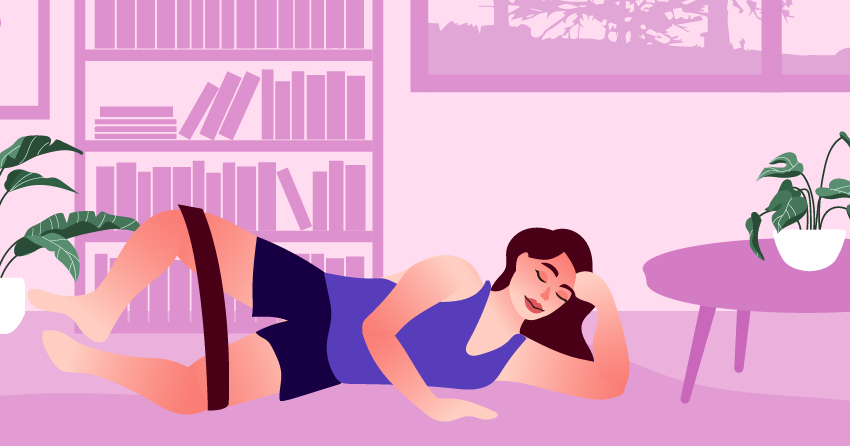
Vulvodynia is due to the tension of your muscles surrounding the vulva area. So to relieve it, doing pelvic floor exercises can greatly help. A stronger pelvic floor means more support to your uterus, bladder, and bowel. But because your pelvic floor is going through dysfunction, you must regain your strength to control and relax better. Alongside this, you can improve your sex drive and response. According to NHS, it’ll heighten your sensitivity and bring you to strong orgasms.
Furthermore with this source, you must first identify your pelvic floor muscles when doing this treatment. You can do this by attempting to halt your urine flow when you’re in the toilets. However, don’t actually do so as it can cause more harm to your intimate areas.
Second, find a comfortable place to sit or lie down. By this time, you already know and feel exactly where your pelvic muscles are. Concentrate your muscles as you squeeze and tighten them, holding them in place for around 3 seconds. Relax after that, then repeat to get used to the feeling.
Third, keep on practicing a few more times so that you can add more sets in time. Also, don’t hold your breath or overwhelm yourself. Do what your body can do at the moment, then build it up. In the process, adding kegel balls can further relax your muscles and fix your range of motion.
3 Therapy and Counseling
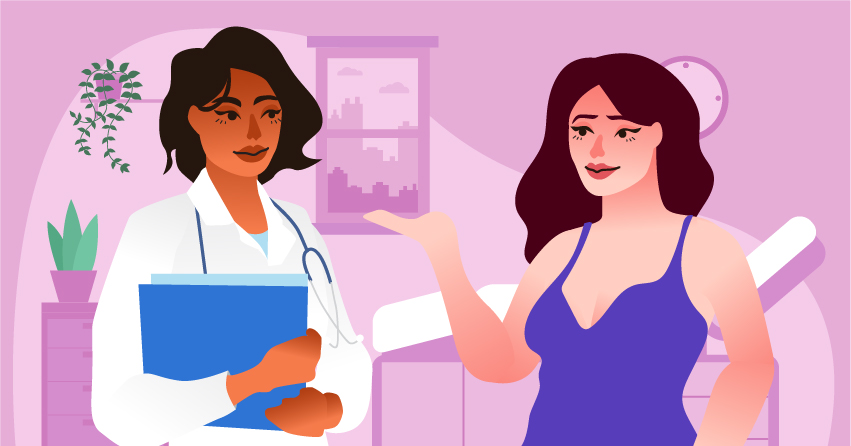
Although vulvodynia is not life-threatening, the awareness that your intimate area isn’t serving its purpose makes you feel more vulnerable. According to an NIH-funded study done at Rutgers Robert Wood Johnson Medical School, which was then presented by the National Vulvodynia Association, around 75% percent of women feel “out of control” of their bodies and 60% say the condition hinders them to live their life to its fullest.
A condition like this can take a mental toll on you, so it’s encouraged to see a professional in this field whom you can open up to. Talking it out lifts that weight off you and allows you to feel more liberated. In exchange, they’ll prescribe solutions to jumpstart alleviating the psychological strain from this condition.
One kind of counseling you can explore is psychosexual counseling which focuses on fixing the intimacy between you and your partner when your sex life isn’t working out. You can also find support groups that revolve around women’s health, to whom you express your raw concerns and emotions to.
4 Homemade Remedies
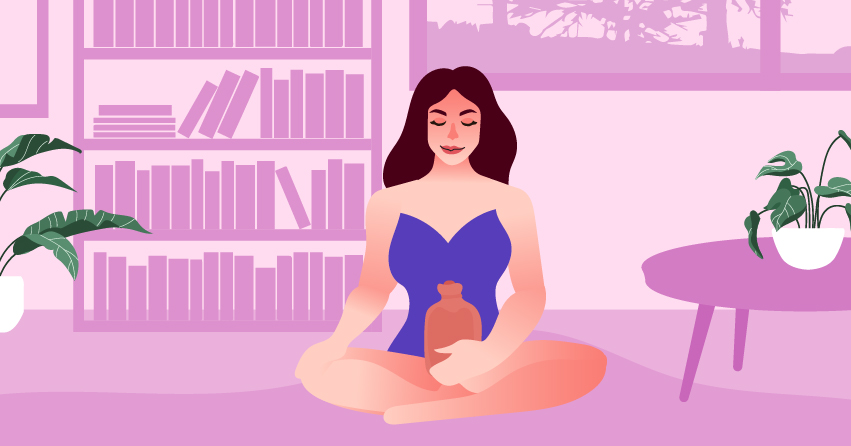
Hand-in-hand with seeing a professional, here are some accessible means of treating vulvodynia from your home.
- Put a heating pad on your intimate area.
- Embark on relaxation techniques like yoga and meditation.
- Have a lukewarm bath with Epsom salts.
- Place ice or cool gel packs post-sex.
- Use 100% cotton pads or tampons (no scent!).
- Have a journal that tracks your pain episodes and other insights about it.
5 Dietary Changes
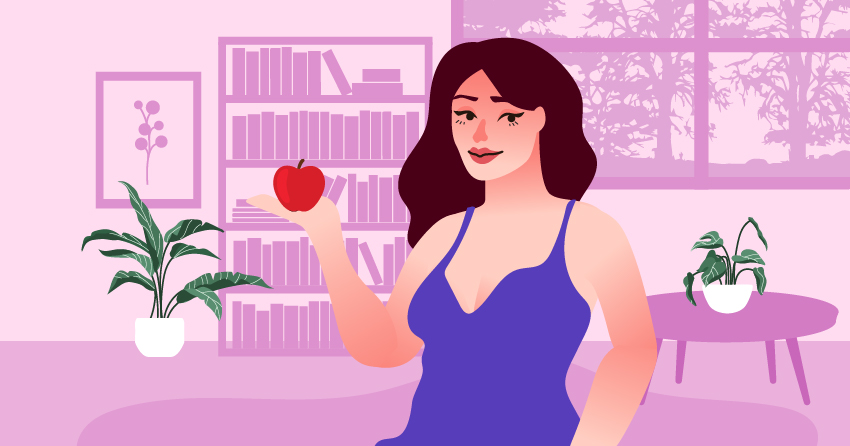
Consuming the right food sends nourishment throughout your body, including your vulva area. This can only help with your condition, not heal it completely. In fact, for this condition, there’s a diet called the Vulvodynia diet. According to The Vulval Pain Society in the United Kingdom (UK), this diet requires eating low oxalate foods.
Foods abundant in oxalate have nutrients that are beneficial to your body before getting discarded through stool or urine. Commonly in plants! But higher levels of such can lead to kidney problems, especially kidney stones. A diet like this applies to those with kidney problems so they don’t worsen their condition.
Back to the vulvodynia diet, consuming less oxalate is one way to alleviate the pain. Here are some examples of low-oxalate food that you can dive into as freely as you choose without fearing a rise in oxalate in your system:
- Beef
- Poultry
- Bacon
- Cucumber
- Cabbage
- Cauliflower
- Milk
- Cheese
- Avocadoes
- Bananas
- Cherries
- Herbal Teas
- Lemon and Lime Juice
- Gelatin
- Pasta
- White Rice
6 Medication
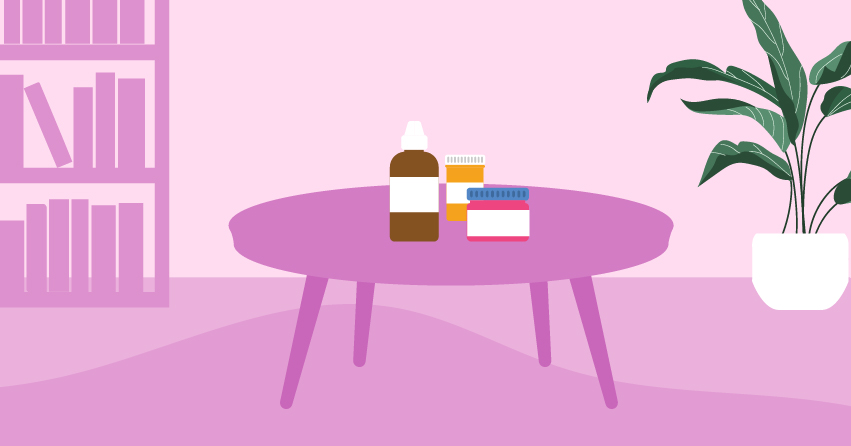
Whatever treatment you do beforehand, getting prescribed medication from your doctor gives a higher chance of improvement. If you have yet to consult with one, expect these items to be some of their prescribed solutions:
- Lidocaine (anesthetic cream), especially for sexual intercourse
- Topical estrogen creams
- Nerve blocks (injection of medication that halts pain signals from nerves to the brain)
- Antidepressants
- Anticonvulsants
-
₱3,395.00
-
₱2,695.00
-
₱2,800.00
-
Original price was: ₱2,045.00.₱1,840.50Current price is: ₱1,840.50.
Frequently Asked Questions
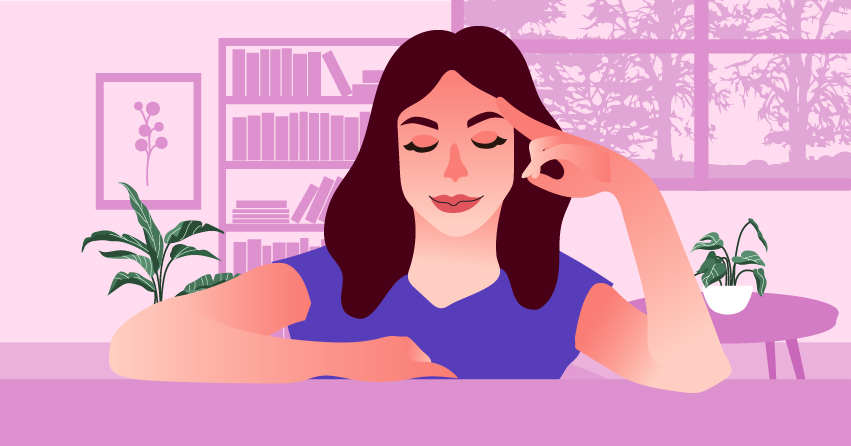
Still got inquiries about vulvodynia? No worries, we covered you with a bunch of frequently asked questions about this condition below.
1 When should I visit my doctor regarding this condition?
As early as you can, even if it’s not suspected vulvodynia. Consulting your doctor can alleviate discomfort quicker whenever unnecessary, yet consistent pain occurs in your vulva area.
2 What are other causes of vulva pain?
Being sensitive to soap or medicated creams, being diagnosed with other vaginal infections, and having dryness in your vagina due to a drop in estrogen (for ladies going through menopause) can build up pain vulva pain. But it doesn’t necessarily mean it’s vulvodynia.
3 What happens if you leave vulvodynia untreated?
You’ll keep experiencing unbearable pain down there, which can disrupt your daily lifestyle. Your clothing options become limited to lessen the friction, and your self-esteem lowers due to such discomfort. Relationship problems may arise too especially when sex plays a key part.
4 How common is vulvodynia?
In the US, an estimated 16% of women are affected. The age range of those women is between 18-25.
5 Is surgery possible for vulvodynia?
Yes, and it’s to remove the painful part of the vulva. However, it’s not suggested as the pain can always return.
Takeaway
Vulvodynia isn’t an easy feat to conquer for anyone with a vulva. It’s also not something you leave unattended as it can worsen over time, so always consult a medical professional regarding it so they can lead you to ideal solutions for your case. Even if it’s going to take a while, your body will thank you. Plus, sex is bound to improve over time too. So fight on, and we wish you good luck, reader!
